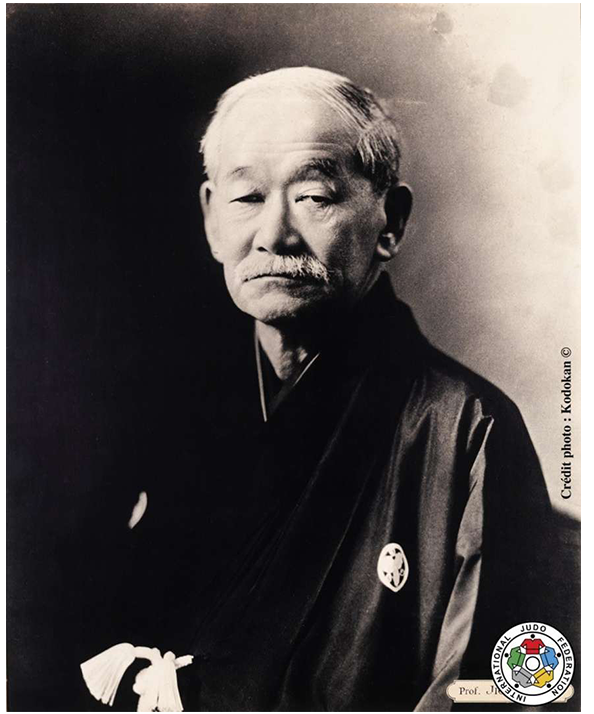Learn Judo
At the start, both children and adults learn how to fall safely, how to throw, how to pin down and how to strangle and armlock (adults only). Students learn some of the theory behind the moves, to ensure safety. All students learn the Japanese name for each technique, and they practise in a relaxed and non-competitive way (randori). At this stage students, wearing the well-known white jackets and trousers strive to safely apply their knowledge against an opponent, and generally have fun.
Study
As study continues, fitness becomes important and competition (shiai) is introduced, training the body and the mind to react to unexpected situations in accordance with the principles of judo and so enjoyment becomes more intellectual. The students will improve; to have the discipline to train hard; to have the strength to accept being beaten and get up to train harder and to overcome any skill or fitness gap. The peak of this level is competing in a world championship or Olympics.
Kata
Practice of the pre-arranged sets (kata), where skills are improved and moves which cannot be used in randori or shiai. Learning and perfecting the kata requires great attention to detail, concentration and co-operation with your kata partner. Competing in Kata tournaments, develops and tests these qualities. Finally, the philosophy of judo; to make use of the fitness (mental, physical and emotional) and knowledge attained through your practice by putting it to use to contribute to the community.
ALONG THE WAY THERE ARE OPPORTUNITIES TO:

Get Fit

Be Involved

Compete

Referee

Coach

Learn About Other Cultures

Have a great time

Learn discipline
THE HISTORY OF JUDO

The origin of Japan’s martial arts is vague, it is more legend than truth. However, the takenouchi-ryu martial art system founded in 1532 is considered the beginning of Japan’s jujitsu forms.
For the next several hundred years, the martial arts were refined by Samurai who made a lifetime study of some twenty or thirty martial arts. Of these arts only one was based on weaponless self defense — jujitsu. By the mid-1800’s more than 700 different jujitsu systems existed. The most popular were takenouchi-ryu, jikishin-ryu, kyushinryu, yoshin-ryu, mirua-ryu, sekiguchi-ryu, kito-ryu, and tenshin-shinyo-ryu; the last two were instrumental in Judo’s development.
In 1868 Imperial rule was restored (Meiji Restoration) and the decline of the Samurai class started along with a rapid decline in all martial arts. People were not encouraged to learn or practice martial arts since the state was considered more important than the individual. Jujitsu literally fell into disuse.
If the budo concept was to survive the Meiji Restoration, it had to change and become a tool to cultivate an individual and make him a better person for the good of all.
Sport provided teamwork which was good for all and also developed the individual. It was a complete physical education; not just a game. Although self defense techniques were included in the training, emphasis was on using the techniques in a holistic manner.

Dr. Jigoro Kano is credited with jujitsu’s survival of the Meiji Restoration. He took jujitsu and adapted it to the times. His new methodology was called Judo. In 1882, Dr. Jigoro Kano (The Father of Judo) made a comprehensive study of these ancient self defense forms and integrated the best of these forms into a sport which is known as Kodokan Judo.


JIGORO KANO (THE FOUNDER OF JUDO):
Dr. Jigoro Kano is credited with jujitsu’s survival of the Meiji Restoration. He took jujitsu and adapted it to the times. His new methodology was called Judo.

Judo is the way of the highest or most efficient use of both physical and mental energy. Through training in the attack and defence techniques of judo, the practitioner nurtures their physical and mental strength, and gradually embodies the essence of the Way of Judo. Thus, the ultimate objective of Judo discipline is to be utilized as a means to self-perfection, and thenceforth to make a positive contribution to society.”


